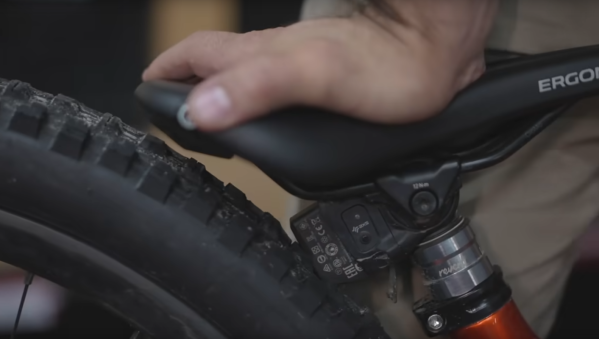[Allen Millyard] is a premier British motorcycle builder. In these circles he is widely regarded and his custom motorcycles are nearly world-famous. But when his son took up downhill mountain biking, he decided to put his skills building a different type of vehicle. This is the Millyard MR001, one of the most unique mountain bikes ever built thanks to some design choices that solve many problems otherwise inherent in bicycles.
Perhaps the most immediately striking design of this bike is the aluminum space frame, a lightweight but extremely strong frame necessary for the high speeds and stresses of downhill mountain biking. Upon closer inspection, however, the sealed drivetrain warrants further inspection. Unlike most mountain bikes with gears, this one eliminates the typical derailleur which hangs below the rear gears. The gears are instead above the pedals in front of the rear tire, are completely sealed eliminating the maintenance requirements of a typical bike, and are designed in such a way that they can be shifted without the bike moving.
Despite the bike being built in 2007, it still includes plenty of features that still aren’t widely adopted in mountain biking. It’s also nearly completely silent thanks to the custom drivetrain, and [Allen] reports that it still sneaks up on other mountain bikers as a result. This is essentially the opposite problem of another bike we’ve seen around.
Continue reading “Motorcycle Builder Makes Downhill Mountain Bike”


















